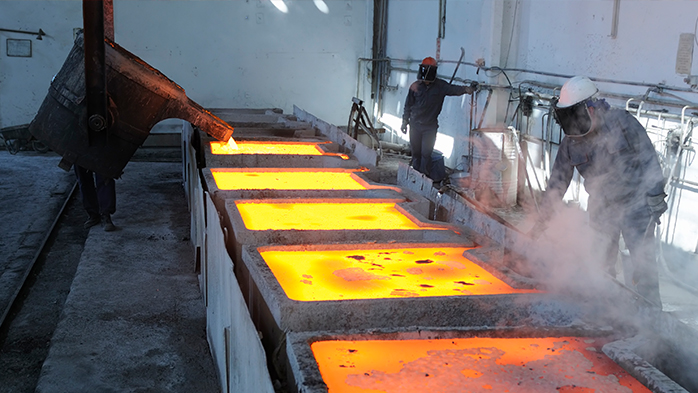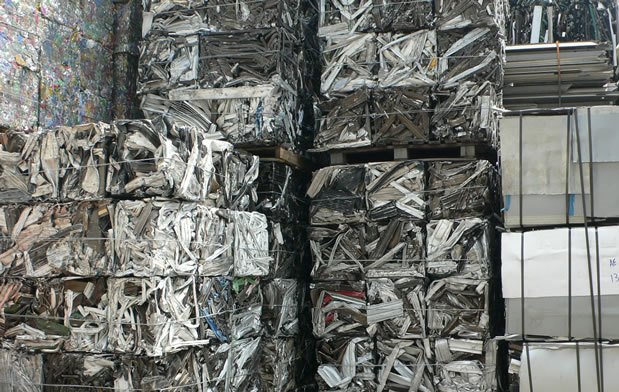
Copper Smelters Benefit from Zero Processing Fee Amid Global Shortage
Chinese copper smelters recently agreed to process copper concentrate from Chilean miner Antofagasta for a record-low fee of $0 per metric ton. This unprecedented deal signals intense supply constraints in the global copper concentrate market. Normally, miners pay smelters for processing, but spot charges currently hover around negative $43 per ton, forcing smelters to pay miners instead. The agreement sets a new benchmark, dropping from previous 2025 fees of $21.25 per ton.
The zero processing fee reflects growing demand for refined copper used in electric vehicles and renewable energy infrastructure. Meanwhile, the shortage of copper concentrate supply worsened due to increased smelter capacity in China and disruptions at major mines like Ivanhoe Mines in the Democratic Republic of Congo. Benchmark Mineral Intelligence estimates a global deficit of 1.1 million tons of copper concentrate in 2025, deepening to 2.6 million tons in 2026.
Impact on Chinese Smelters and Future Production Outlook
This zero-fee contract pressures Chinese smelters, as processing fees typically form a significant revenue source. Despite potential losses, China’s smelters have not yet reduced output due to offsetting byproduct revenues from gold, silver, and sulfuric acid. China’s refined copper production surged 8% year-on-year to 6.05 million tons during the first five months of 2025. Mysteel forecasts a 12% increase to 13.29 million tons for the entire year, underscoring China’s dominant role as both a producer and consumer.
However, if the zero-fee trend continues, some smelters may be forced to cut production, affecting global supply chains. The copper concentrate shortage and evolving fee structures highlight ongoing challenges for the metals refining industry, especially in the face of rising global demand for clean energy materials.
SuperMetalPrice Commentary:
The $0 processing fee deal reflects acute stress in copper concentrate supply, with significant implications for smelter profitability worldwide. Chinese smelters’ resilience partly stems from byproduct revenue, but sustained low fees could constrain future capacity. Market participants should watch for production shifts that might tighten refined copper availability further, influencing global prices in the coming years.











Leave a Reply
You must be logged in to post a comment.